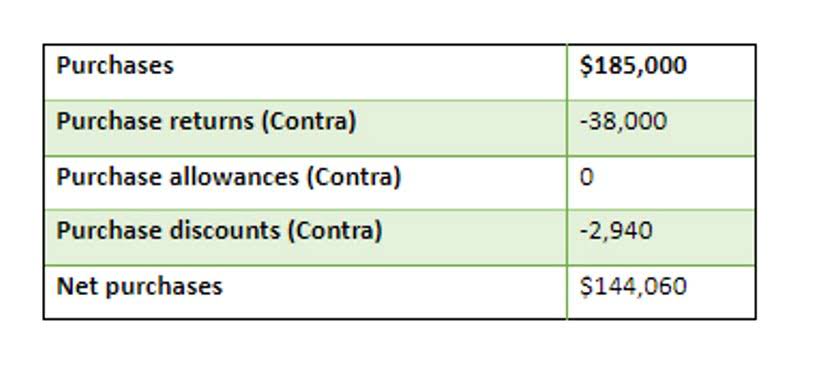Depending on the cause of the cost variance, you may need to adjust your budget to account for the additional costs. Once you understand the cause of the cost variance, you must communicate with your stakeholders – including your team, your client, and any other relevant parties – to let them know what’s going on. Finally, cost variance can sometimes be caused by inadequate budgeting or planning. One of the most common reasons for cost variance is changes in scope – that is, changes to the scope of work initially planned for the project. If you’re using this formula after the fact, this should be a piece of cake – it’s just the budget you set at the beginning of your project. Project Cost Management is a PMP exam knowledge area dealing with estimating, budgeting, and controlling costs throughout a project.
In the world of business, schedule variance helps one see if there will be cash flow problems and cost overruns. You can compute the schedule variance by subtracting the earned value (EV) from the overall planned value (PV). Keeping these on track will prevent you from adding resources and working overtime. An important tip is for project managers to give some leeway in budget planning, no matter how sound the budgeting is. Some factors can be hard to control such as spikes or shortages in supply pricing, fluctuations in currency changes, and costs in labor. By understanding cost variance and how to calculate it, you’ll be better equipped to manage it effectively.
What is a variable overhead variance?
The project winds up taking about 10 weeks longer than you originally anticipated, and the graphic designer logged 1,600 hours in total. In this post, we’ll explain what cost variance is and how you can apply the cost variance formula. We’ll also look at different individual cost variance formulas and how to calculate each. A cost variance percentage is the percentage over or under budget for a project is. The key is spotting them and making adjustments to stay on the right path. One of the best ways to avoid cost overrun is by calculating cost variance.
- You would use PV when your project progress does not correlate precisely to the percent of budget used.
- Okay, so now that we know what cost variance is, let’s discuss how to calculate it.
- It is another forecasting parameter that we can use to predict whether our project will end successfully or not.
- What matters, too, is how you look into what led to the cost variance of $1500.
- For example, the volume and price variances for direct materials are the material yield variance and the purchase price variance.
- If there is an extremely low cost variance (positive) or zero variance, they can take it as a sign of effective cost management.
A cost variance is the difference between an actual and budgeted expenditure. This variance is most useful as a monitoring tool when a business is attempting to spend in accordance with the amounts stated in its budget. A cost variance can relate to virtually any kind of expense, ranging from elements of the cost of goods sold to selling or administrative expenses.
Project Management Guide
For example, if a company had actual repairs expense of $950 for May but the budgeted amount was $800, the company had a cost variance of $150. When the actual cost is more than the budgeted amount, the cost variance is said to be unfavorable. When an actual cost is less than the budgeted amount, the cost variance is said to be favorable. ABC International is calculating the cost variance for its usage of steel. It spent $80,000 during the past month on steel, and expected to spend $65,000.
How to Calculate Cost Variance
Additionally, schedule variance analysis also inhibits the possibility of having debts, considering that most business transactions also involve contracts. It is possible that you can find yourself incurring more costs than what you have budgeted. Cost variances allow managers to identify problem areas and control costs for the upcoming months of business. Well, it turns out that they’re closely related – if one goes off track, it can have an impact on the other. The most common example of price variance occurs when there is a change in the number of units required to be purchased.
If the project’s requirements change, the scope may also suffer some modifications. Cost variances can occur in any project, and they are sometimes inevitable president kenyatta signs tax laws or even impossible to prevent. Since there are only 2 weeks left until the deadline, you as a project manager would have to take corrective action now.
According to the PMBOK, this baseline is employed as a reference for the cyclical procedure of calculating project efficiency and development on the basis of schedule variance (SV) and cost variance (CV). The cost variance formula helps us determine the difference between the budgeted cost of work performed (BCWP) and the actual cost of work performed (ACWP). These parameters are also known as earned value (EV) and actual cost (AC). When project managers have this earned value analysis information, they can make the necessary adjustments to stay on track. If there is an extremely low cost variance (positive) or zero variance, they can take it as a sign of effective cost management.
Planning to execution: Connecting goals to work in 2024
That way, we can pinpoint exactly where the positive or negative cost variance has occurred. Ask any project manager about what most enables the success of a project, and the majority of them will unanimously quip with project variance analysis.Businesses can’t operate for free. And in a fiercely capitalist environment where value always comes down to money, the budget of a project assumes utmost significance for the overall project and operational planning. It is here that project variance analysis plays a crucial role in the productive makings of a project. This metric is fairly straightforward to determine but can have a huge effect on what managers do. Cost variances are a key part of the standard costing system used by some manufacturers.
See It in Action: How to Create and Use S-Curves in Project Management
And by following the protips for containing cost variance and learning from real-world examples, you’ll have a better chance of keeping your projects on track and on budget. You can get a complete picture of your project’s performance by keeping track of both cost and schedule variance. If one of these metrics is going off track, take a closer look at the other.
As a result, you need to do more work and spend more on materials than anticipated. Another common cause of cost variance is unexpected changes in resource availability or cost. Learn how to successfully use project management formulas after reading this cheat sheet. 📖 To go beyond cost variance and even the EVM terminology, dive into our Project Management Glossary of Terms. With consistent re-forecasting, you will be on top of things when it comes to all costs that matter within the project’s lifecycle. Corrective action should always involve the proper identification of the causes.



